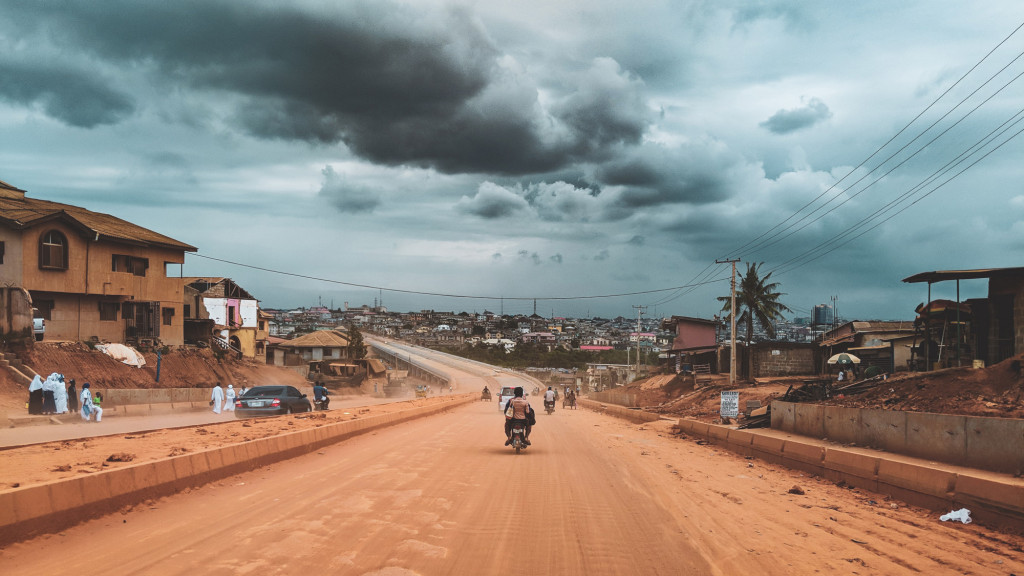In Africa, Your Solar Panels Don’t Mean Squat
By Brenden Jackson
Mariam Kamara — a Niger-born architect and the founder of Atelier Masomi, not to mention a protégé of Sir David Adjaye — has something to share with those of us in developed nations regarding our concept of sustainability. Specifically, the idea of sustainability, as we currently understand it, just doesn’t hold for the developing world, as Kamara explained in an interview with Domus:
The word ‘sustainability’ doesn’t sound good anymore because it ended up becoming [about] technology, referring to all these really fancy things, like solar panels and so on, that are not actually sustainable for the rest of the world. They are sustainable only for a little portion of the world and they are incredibly expensive too. I like to think of sustainability in terms of “sustaining people”: by sustaining people you are alike to sustain the environment as well. When you sustain people economically, for example by using local materials, you are also helping the environment, it’s better for the place you live and it’s more affordable.
Her comments make perfect sense; the context for sustainability is far different in Africa (and in much of the developing world, for that matter). The continent is struggling with unique environmental challenges and resource exploitation (such as desertification and rainforest destruction), limited economic diversification, significant foreign debts, high unemployment, massive wealth inequality, widespread corruption, and unstable governments.
At the same time, its population is ballooning. According to the United Nations, “more than half of global population growth between now and 2050 is expected to occur in Africa.” An ample share of that growth will occur in the continent’s urban environments: the ten fastest growing cities in the world are all located in Africa.
It all adds up to a situation in which one doesn’t always have the means, political will, or opportunities for the kinds of sustainability that we fixate on here in the West. Kamara alludes to as much in her Domus interview:
The challenges are real, especially when using a training that you received in the Western world in a place where a lot of the amenities or resources that you need or the resources you may need are not available. So, in a way, you almost have to invent the way you work and adapt your training to the place you are: it takes a little bit of time to develop a process in that system.
For Kamara, a deep understanding of context drives everything, from a point of view around people and their environment to a highly adaptable process. And given Africa’s unique challenges, understanding its many contexts in such a thorough way is key to driving change, not just when it comes to sustainability but also when it comes to most aspects of life on the continent.
As part of an effort to better grasp such contexts, Gensler embarked on a design strategy workshop focused on development issues across Sub-Saharan Africa. We gathered a variety of stakeholders — including NGOs, parties from the AEC industry, representatives from a small-business accelerator, and multi-national companies — and focused on two of the continent’s most dynamic cities: Lagos and Nairobi.
What emerged was the realization that although development abounds across the region, many projects lack a focus on the human experience. Put another way, there’s a vast opportunity to focus on people — or sustain them, to use Kamara’s language — and enhance their interactions with design, their community, and the environment.
Yet, as we discovered during the workshop, fostering such experiences in collaboration with the people of Africa and shedding our Western preconceptions to meet the continent on its own terms will require us to understand several additional factors. To begin with, access to basic needs is an issue for most people in Africa. In Nairobi and Lagos, for example, nearly three-quarters of inhabitants lack access to sanitation and adequate housing.
In addition, the continent’s limited means make it imperative that designers frame problem statements correctly to avoid wasting time and resources. Also, to enact grassroots change we must recognize local change agents. Panels of community, public-, and private-sector leaders must be responsible for advocating and moving the agenda forward, regardless of the political environment.
Of course, given the diversity of political, environmental, and socio-economic situations across the continent, each nation’s context will be different; Africa is by no means a monolith. Kamara’s situation in Niger, for example, seems at first glance to be particularly challenging. The country ranks at the bottom of the United Nations’ Human Development Index, faces extreme drought and desertification, and has a largely uneducated and predominantly rural population. Despite such a difficult context, Kamara sees reasons for hope:
Now we are figuring out what we have here, so that’s definitely positive. The future looks quite bright, the country is developing economically and investing in infrastructure—schools and markets—and cultural projects. Today’s free availability of knowledge brings so many sources of inspiration, allowing more architects to emerge. It’s a really exciting time, it feels like the sky is the limit and you can just dream all kinds of things now.
